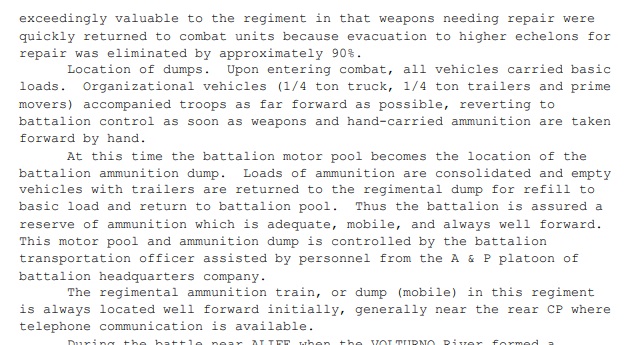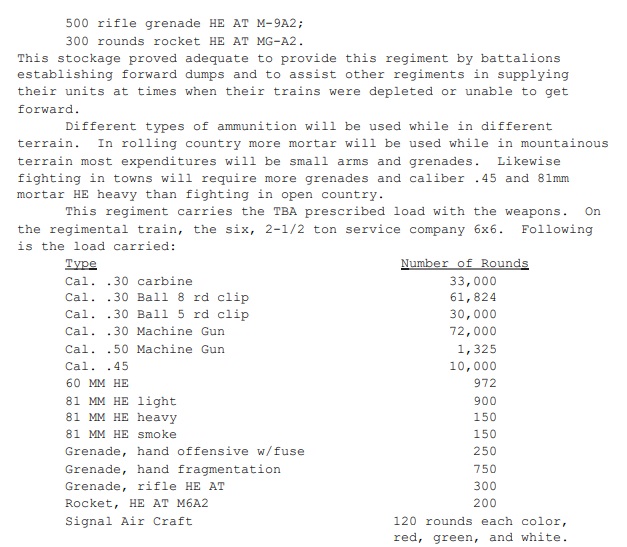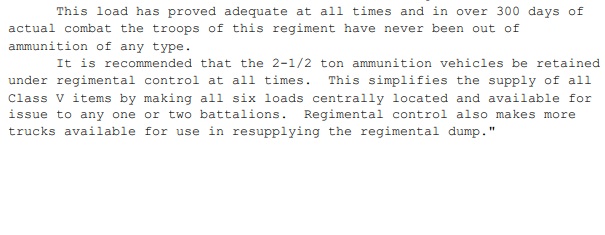Lt. Colonel Herald Webster Rodenmayer RW-905178
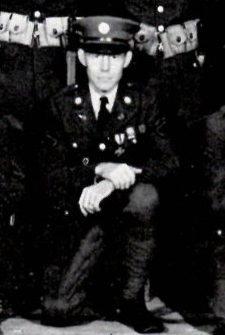
Lieutenant Colonel Herald Webster Rodenmayer RW-905178 O-362989 US Army. He was born on January 6, 1911, in Belleville, Illinois, the son of Alfred Phillip Rodenmayer and Iva Tempest Cooper Rodenmayer. He married Rachel Alice Kruse Rodenmayer on March 24, 1932, in Lancaster, Missouri. He entered the Iowa National Guard on July 15, 1930, at the age of 19. He was an enlisted man until March 2, 1938. He had achieved the rank of of Staff Sergeant in the Iowa National Guard infantry. Prior to being commissioned he served in the SERVICE COMPANY, of the 133rd Infantry Regiment, 34th Infantry Division “Red Bull” with his older brother PRIVATE, ALFRED J. RODENMAYER. Herald served as a 2nd Lieutenant in the Iowa National Guard from March 2, 1938 – March 7, 1940 he was promoted to 1st Lieutenant. He was federalized on June 26, 1940. He was promoted to Captain on August 14, 1942. served in the 133rd Infantry Regiment as munitions officer at Cassino. His outfit was the first to enter the town of Cassino. He recalls “the preparation for crossing of the Rapido River as a pretty sight, referring to the artillery show which started at 10 p.m. and lasted all night. Every gun in the book was used. The artillerymen landed shells down in a bowl-like area and it looked like giant lights blinking on and off all night long. Supplies ‘ were hauled in over a ‘ pontoon bridge with quarter-ton trucks and trailers. Fighting was so thick in Cassino, he tells of one : time when the ‘‘old man” called up and asked “How’re we doing?” and received the reply, ‘‘Today we took the kitchen, tomorrow well; take the bathroom, and the next day the living room.” When the planes came over and started to bomb the abbdy, film cameramen were taking pictures of the spectacle just 50 yards from Captain Rodenmayer’s position for, the movie ‘‘Ernie Pyle’s Story of: GI Joe.” For His’ work in the Cassino engagement Captain Rodenmayer received the Bronze Star. He served with the 34th Infantry Division served for all 500 days of Combat that the division had in the European African Middle Eastern Theater; during this time they served in 5 campaigns the TUNISIA campaign, the NAPLES-FOGGIA campaign, the ROME-ARNO campaign, the NORTH APENNINES campaign, and the PO VALLEY campaign. He was Awarded the , Bronze Stare Medal with Oak leaf cluster, Army Commendation Medal, American Defense Medal, The American Theater of operations Medal, European African Middle Eastern Theater of operations Medal with Five battle stars. the World War Two Victory Medal, Army of Occupation Medal, National Defense Medal, the Combat Infantry Badge, The Armed Forces Reserve Medal with 2 bronze devices. In 1946 Captain Harold W. Rodenmayer, was assigned to the Property Office of The Infantry School. He retired from the US Army on November 30, 1961, at the age of 50 after 31 years of service. He had four children including Lieutenant Colonel John Rodenmayer. Lieutenant Colonel Harold Rodenmayer died on June 24, 2000, in Dayton, Ohio, at the age of 89.
Sources:
1- Information from the Rodenmayer Family
2- National Guard of the State of Iowa 1938
3- 1943 Official National Guard Register 1943 Active
4- U.S., Select Military Registers, 1961 Volume II
5- Supplemental report of the Adjutant General, Iowa, 1941 : induction roster of personnel, Iowa National Guard.”
7- The Bayonet Vol 4 No 27 March 21, 1946 Columbus GA.
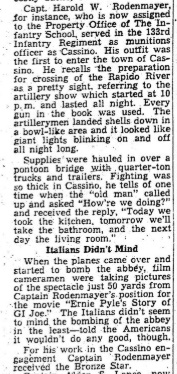
Capt. Harold W. Rodenmayer, for instance, who is now assigned to the Property Office of The Infantry School, served in the 133rd Infantry Regiment as munitions officer at Cassino. His outfit was the first to enter the town of Cassino. He recalls “the preparation for crossing of the Rapido River as a pretty sight, referring to the artillery show which started at 10 p.m. and lasted all night. Every gun in the book was used. The artillerymen landed shells down in a bowl-like area and it looked like giant lights blinking on and off all night long.
Supplies ‘ were hauled in over a ‘ pontoon bridge with quarter-ton trucks and trailers. Fighting was so thick in Cassino, he tells of one : time when the ‘‘old man” called up and asked “How’re we doing?” and received the reply, ‘‘Today we took the kitchen, tomorrow well; take the bathroom, and the next day the living room.”
Italians Didn’t Mind
When the planes came over and started to bomb the abbdy, film cameramen were taking pictures of the spectacle just 50 yards from Captain Rodenmayer’s position for, the movie ‘‘Ernie Pyle’s Story of: GI Joe.” The Italians didn’t seem to mind the bombing of the abbey ; in the least— told the Americans it wouldn’t do any good, though.
For His’ work in the Cassino engagement Captain Rodenmayer received the Bronze Star.

